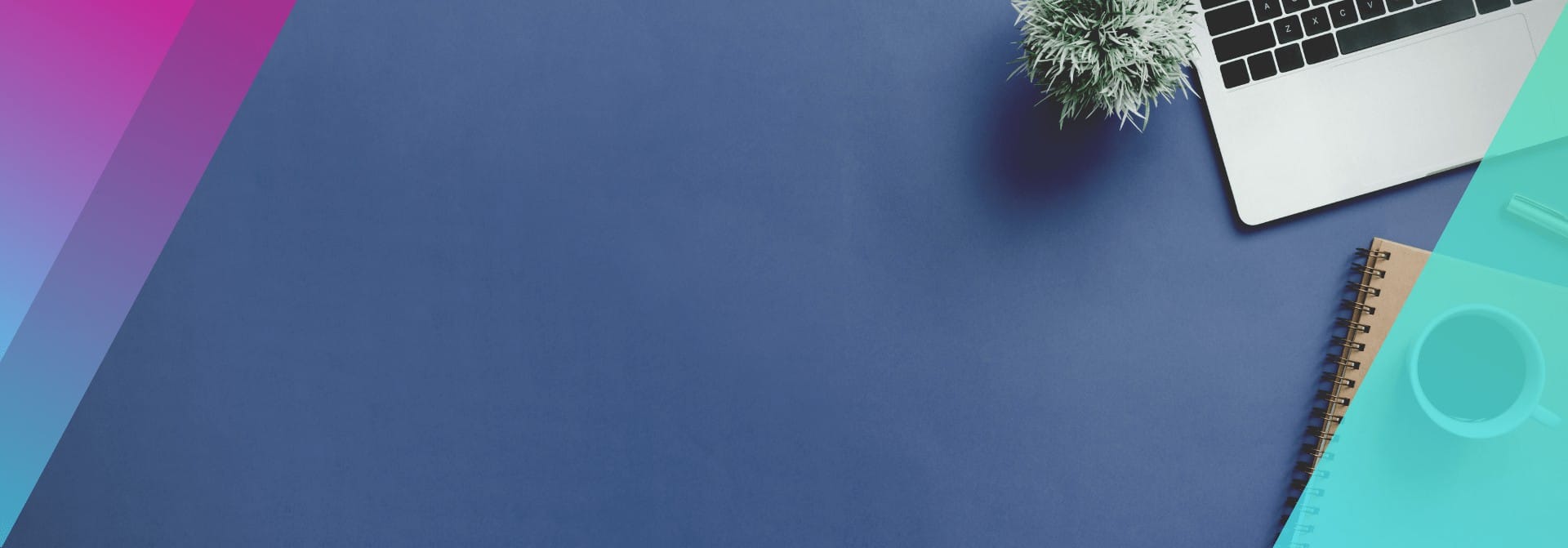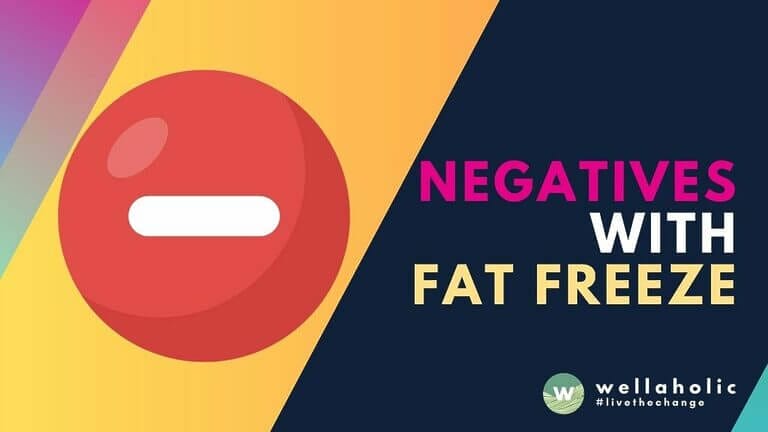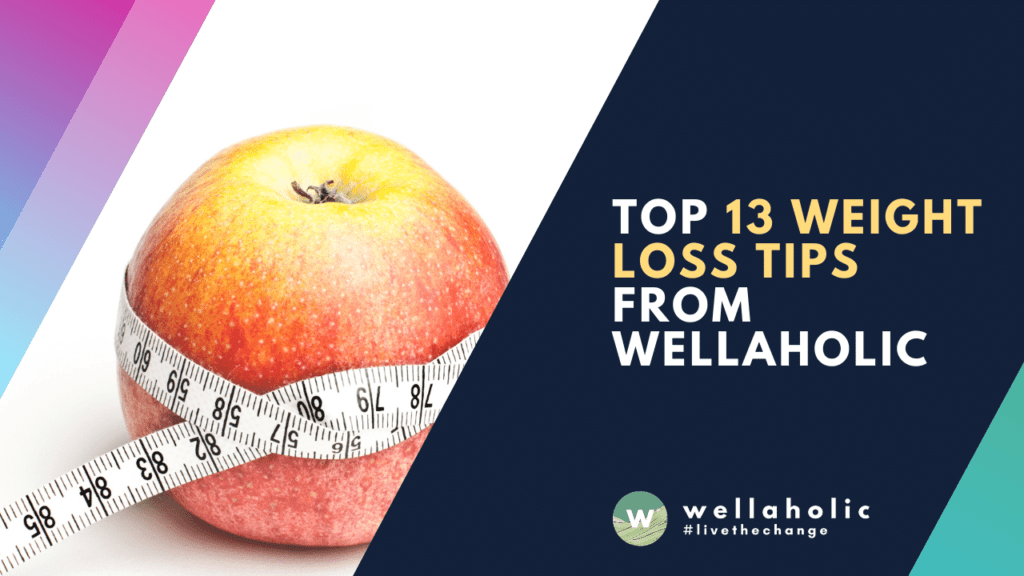
Top 13 Weight Loss Tips from Wellaholic

Top 13 Weight Loss Tips from Wellaholic
Struggling with weight loss? These expert tips will help you achieve your goals effectively and sustainably.
📊 Key Weight Loss Facts
- 68% of people who lose weight successfully exercise regularly
- Drinking 2 liters of water daily can boost metabolism by up to 30%
- Strength training can burn calories for up to 72 hours after workout
- People who track their food intake lose twice as much weight as those who don’t
🌟 Top Weight Loss Tips
1. Stay Hydrated
💧 Drink at least 8 glasses of water daily to boost metabolism and reduce hunger.
2. Prioritize Protein
🥩 Include lean protein in every meal to feel fuller longer and preserve muscle mass.
3. Get Enough Sleep
😴 Aim for 7-8 hours of quality sleep to regulate hunger hormones.
4. Mix Cardio and Strength Training
🏋️♀️ Combine both exercise types for optimal fat burning and muscle building.
5. Track Your Food Intake
📝 Use a food journal or app to monitor calories and stay accountable.
6. Eat Mindfully
🧠 Slow down, savor each bite, and listen to your body’s hunger cues.
7. Reduce Refined Carbs
🍞 Choose whole grains and complex carbohydrates over processed options.
8. Increase Fiber Intake
🥦 Eat more vegetables, fruits, and legumes to stay full longer.
9. Manage Stress
🧘♀️ Practice yoga, meditation, or deep breathing to reduce stress-related eating.
10. Plan Your Meals
🍽️ Prepare healthy meals in advance to avoid impulsive, unhealthy choices.
11. Stay Consistent
📅 Follow your routine even on weekends for long-term success.
12. Find Support
👥 Connect with friends, family, or a community with similar goals.
13. Celebrate Small Wins
🎉 Acknowledge your progress to stay motivated on your weight loss journey.
Ready to transform your body?
BOOK YOUR SESSION NOWWellaholic – Your Partner in Health & Wellness
Introduction
Have you ever wondered why some people seem to effortlessly maintain their ideal weight while others struggle?
We’ve asked ourselves this question countless times throughout our careers in the aesthetics industry. As the founders and directors of Wellaholic, we’ve seen many customers embark on weight loss journeys. Some succeed, while others face challenges. Over the years, we’ve gathered valuable insights from our experiences and research.
In this article, we’ll share our top 13 weight loss tips that have helped many of our customers at Wellaholic achieve their goals. These tips are practical, science-backed, and easy to implement in your daily life. We’ll provide more details on each tip below, so you can start your own successful weight loss journey today.
“The key to weight loss success is committing to a healthy lifestyle – start small and make sustainable changes!”
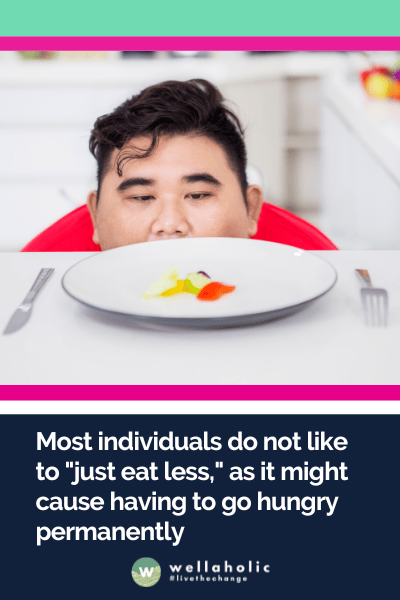
1. Opt for a low-carb diet
The Science Behind Low-Carb Diets
For over 150 years, weight-loss diets have emphasized the importance of reducing carbohydrate intake. Recent scientific studies have confirmed the effectiveness of low-carb diets in promoting weight loss and fat reduction. Eating less sugar and starch can help start your weight loss. Let’s explore why low-carb diets can be so effective.
The Role of Calories and Cravings
Weight loss isn’t just about eating fewer calories than you burn. This common approach overlooks a key challenge: cravings. When you simply eat less, you may constantly feel hungry. This can make it hard to keep up with a restrictive diet. Many people end up in a cycle of yo-yo dieting, where they lose weight only to gain it back. But remember, not all diets are the same.
The Appetite-Suppressing Effects of Low-Carb Diets
A low-carb diet offers a key benefit: it naturally curbs your appetite. People on this diet often eat less, even without tracking calories. Cutting out sugar and starch helps keep hunger in check. Research indicates that overweight people typically eat fewer calories on a low-carb diet.
A Calorie-Burning Advantage
Not only does a low-carb diet help control your appetite, but it also offers an additional benefit. A study from 2012 showed that people who lost weight on a low-carb diet had a smaller decrease in their overall energy expenditure than those on a low-fat diet. This means that they burned more calories throughout the day, even without engaging in extra physical activity. In fact, the difference in energy expenditure was equivalent to an entire hour of moderate-intensity exercise. Imagine reaping the rewards of an extra hour of exercise without actually having to work out.
Understanding the science of low-carb diets can help you make informed decisions about weight loss. To lose weight and manage cravings better, try reducing your consumption of sugar and starch.
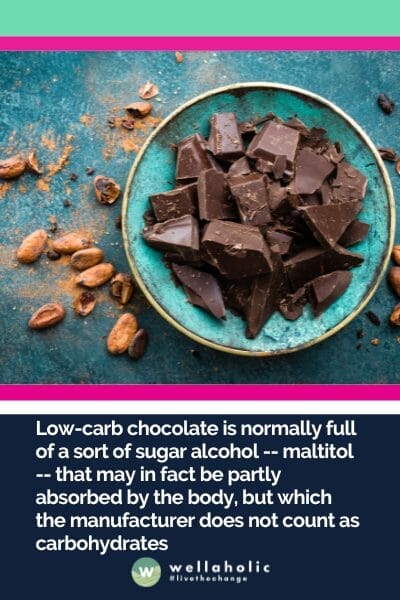
2. Be Wary of “Low-Carb” Products: Stick to Whole Foods
We’ve noticed a trend among our customers at Wellaholic. Many are falling for the “low-carb” product hype. But here’s the truth: these items often pack hidden sugars and unhealthy fats. Our advice? Stick to whole foods.
Whole foods are nature’s gift to us. They’re packed with nutrients and free from additives. At Wellaholic, we encourage our customers to choose fresh fruits, veggies, and lean proteins. These foods not only support weight loss but also boost overall health. Remember, a simple apple is always better than a processed “low-carb” bar.
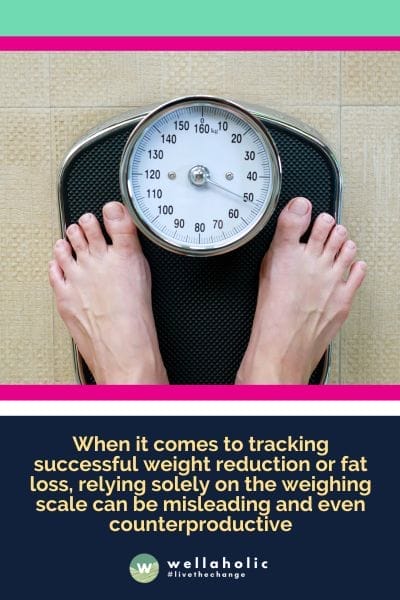
3. Track Your Weight Loss Progress Diligently
We’ve seen many customers at Wellaholic struggle with tracking their weight loss progress. The scale can be misleading, and it’s easy to get discouraged. That’s why we always recommend looking beyond just the numbers on the scale.
At our clinics, we use a mix of methods to track progress. We measure body parts, check body fat percentage, and even use before-and-after photos. This gives a fuller picture of how your body is changing. We’ve found that customers who track their progress in multiple ways stay more motivated. They can see changes even when the scale doesn’t budge. Remember, muscle weighs more than fat, so you might be getting fitter even if your weight stays the same. Trust the process and keep track of all the ways your body is improving.

4. Overcoming Hunger: Key Strategies for a Low-Carb Diet
Navigating a low-carb diet has taught me a lot, not just about food, but also about how our bodies work. Cutting down on carbs means we need to get our energy from somewhere else, and that’s where fats come in. It took me a while to shake off the fear of fats, but it’s crucial for success on this diet.
Turning into a fat-burning machine doesn’t happen overnight. By eating enough, especially fats, your body starts using them for fuel. This switch is what helps curb those hunger pangs and makes losing weight less of a battle.
There’s been a lot of talk about saturated fats being bad for you. But, from what I’ve seen and read, including them in your diet isn’t the problem we once thought it was. That said, I lean towards a mix of fats – think olive oil, avocados, and nuts. It’s all about balance and finding what makes you feel good.
Listening to my body has been a game-changer. If I’m hungry, I eat. If not, I wait. It’s that simple. I found an eating routine that works for me without strict meal times or forcing myself to snack when I’m not hungry.
Finding the right way to eat on a low-carb diet means listening to your body and giving it what it needs. It’s not just about weight loss; it’s about feeling good and making sustainable choices. Trust me, your body will thank you for it.

5. Try to Avoid Non-calorie Sweeteners
Many people try to replace sugar with sweeteners to lower their calorie intake and manage fat. It appears probable. Some studies have failed to show a clear positive effect on weight loss when consuming non-caloric sweeteners instead of regular sugar.
According to scientific research, non-caloric sweeteners may in fact raise cravings and also preserve food cravings for sweet stuff such as ice cream, chocolates and even candy. A recent study found that replacing sweetened drinks with water helped women lose weight.
Hidden Dangers of Non-Caloric Sweeteners
This may be as a result of an increased insulin secretion in anticipation that sugar will appear in the blood. Furthermore, for individuals that are at risk, non-caloric sugar can keep a wish for sweets and cause unnecessary cravings.
If you’re having trouble reducing weight, we fully recommend that you cut down on sweeteners or avoid it completely.
You may find it easier to appreciate the natural, sweet flavor of real food once you’re no longer used to the overpowering sweetness of processed low-carb food and “diet” sodas.
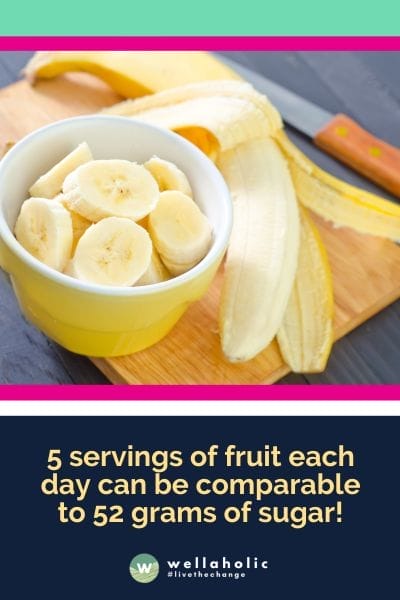
6. Avoid Overeating Fruits
This item of advice is controversial as fruit has always been touted as healthy and ideal for weight loss. People might believe that fruit is healthy, yet sadly fruit includes a great deal of sugar–around 10% by weight (the rest is mostly water).
5 servings of fruit each day can be comparable to 52 grams of sugar! The sugar in fruit is similar to the sugar in soft drinks and sweet beverages. Both contain roughly equal amounts of sugar and fructose, around 50% each.
Unmasking the Hidden Sugar in Fruit
Sugar from fruit can adversely impact your weight loss goals. Eating a lot of fruit will enhance your appetite and thereby slow your weight loss efforts. What’s a lot? That might vary as per your baseline insulin resistance, physical activity, and various other considerations.
For better results, eat a fruit like an apple or a banana as a treat, instead of as part of your weight loss plan.

7.The Relationship Between Beer and Tummy Fat: What You Need to Know
Drinking beer can sneak extra calories into your diet, much like sipping on a soft drink. Each gram packs a punch calorie-wise, potentially bulking up your overall intake.
Then there’s the way beer makes you feel hungrier. This can lead to eating more than you planned. Combine the urge to snack with beer’s calories, and you might see your waistline expand over time.
Also, beer can slow down how your body burns fat. When you drink, your body focuses on getting rid of the alcohol first, not burning fat. But, it’s not all doom and gloom. Drinking beer in moderation, up to 17 oz (500 ml) per day, might not significantly affect your weight or belly fat in the long term, according to studies.
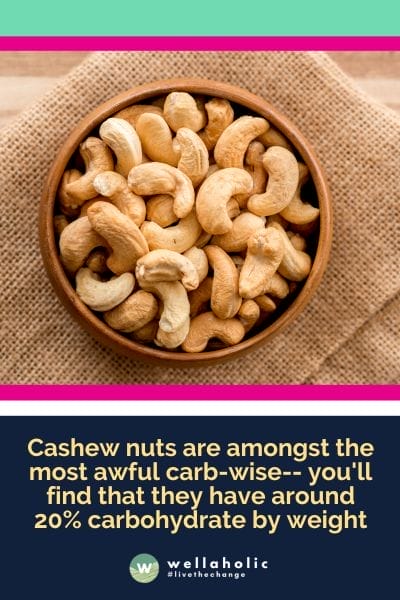
8. Limit Dairy Products and Nuts
Can you eat as much as you want and still lose weight? It seems possible with a low-carb diet. Eating low-carb can make it easier to control portion sizes, but some low-carb foods can still be a problem when overeaten.
If you’re finding it tough to lose weight on a low-carb plan, watch out for dairy and nuts.
Dairy has lactose, or milk sugar, which might slow your weight loss efforts. So, reducing dairy could speed up your progress. This is especially true for low-fat dairy like regular milk and some yogurts. Even full-fat dairy, like cream and cheese, should be consumed with caution.
Nuts are tricky, too. They have carbs, and it’s easy to eat too much of them. Ever found yourself at the bottom of a peanut bag during a movie night? Cashews are particularly high in carbs, making up about 20% of their weight. On a strict keto diet, where you might only have 20 grams of carbs a day, a handful of cashews could max out your daily limit. Peanuts are a bit lower in carbs, around 10-15%, but they’re still something to eat sparingly.
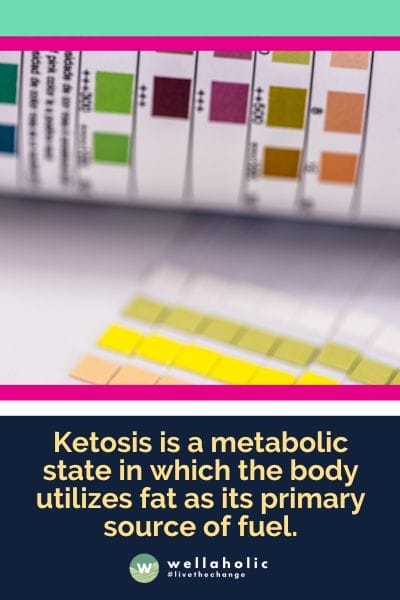
9. Try to Achieve Optimal Ketosis
I find ketosis to be a fascinating aspect of how our bodies can switch fuel sources.
Essentially, ketosis turns the body into a fat-burning machine. It’s intriguing that even our brains, which usually depend on glucose, can efficiently run on fats by using ketones. These ketones are produced by our liver from fat and serve as a vital energy source when glucose is scarce.
Keeping insulin levels low is key to achieving ketosis. Since insulin regulates blood sugar, a drop in its levels encourages our body to produce more ketones. Adopting a low-carb diet is crucial here, as it helps lower insulin levels, promoting ketone production and enhancing fat burning.
Monitoring ketone levels has become more accessible with today’s technology. A simple finger prick can now tell you your blood ketone levels, helping adjust your diet to maintain optimal ketosis.
Urine test sticks are a less accurate, but cheaper option for monitoring ketosis levels compared to blood tests.

10. Consider Intermittent Fasting
Looking at intermittent fasting through an evolutionary lens offers fascinating insights. Our ancestors, nomadic hunters and gatherers, didn’t have the luxury of constant food availability. This history has shaped our bodies to efficiently use fat stores for energy during times without food.
There are various ways to incorporate intermittent fasting into our lives. Some people prefer to eat within an eight-hour window each day, while others choose to eat normally for five days and limit their intake to 500–600 calories for the other two.
This flexibility allows for a personalized approach to fasting.
Fasting for over 24 hours may not bring benefits and can make the body hold onto fat. However, it’s vital to talk to a healthcare provider before starting. What works varies from person to person. While some thrive on daily fasting, others may find the 5:2 method more manageable.
Fasting for more than 24 hours is not beneficial and can make the body hold onto fat. Finding a balanced, sustainable approach to intermittent fasting is key to reaping its benefits safely.

11. Get Adequate Rest and Watch the Stress
Chronic stress and lack of rest can raise cortisol levels in the body. This increase can make us crave more food and potentially lead to weight gain. For anyone trying to lose weight, it’s crucial to look into ways to manage stress. Sometimes, making significant lifestyle changes is necessary to impact stress levels and, subsequently, weight.
Getting quality sleep is vital. Ideally, you should wake up naturally, feeling refreshed, without the jolt of an alarm. If you find yourself startled awake each morning, you might not be getting the rest your body needs. To reduce reliance on an alarm, try going to bed early, so your body can wake up naturally. This practice can help lower stress hormones.
Lack of sleep not only makes us crave sugary foods, but it also weakens our willpower, making it difficult to resist temptations.
This is why sleep deprivation is often used in interrogations. It not only increases cravings but also diminishes our motivation to exercise. Prioritizing good sleep can combat these effects, making it easier to maintain a healthy lifestyle.
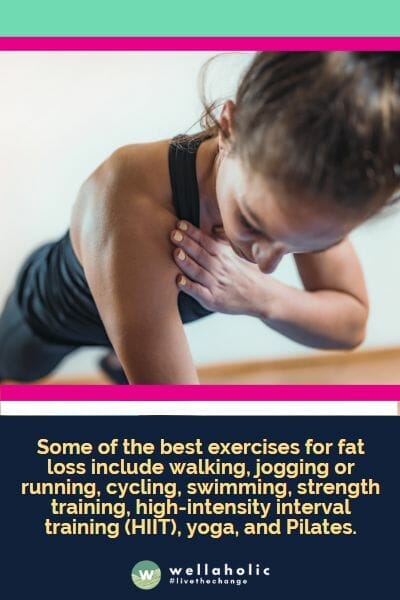
12. Exercise. Exercise. Exercise
Being active is really important for your health, especially when you want to control your weight. Exercise is important for a healthy lifestyle, especially if you want to lose weight or keep it off. I’ve seen this in my years working in the aesthetics industry.
Exercising can increase the calories burned by your body and create a calorie deficit when combined with a controlled diet.
This deficit is key to losing weight. Reducing calories helps with weight loss, but regular exercise is important for maintaining weight loss. Exercise has benefits beyond weight management, such as reducing the risk of heart disease and diabetes, which are not just related to weight loss.
To lose weight and maintain it, it’s important to do a lot of physical activity, especially if you’re not changing your diet.
For instance, walking for an hour each day can significantly impact your calorie balance and support weight loss. Research has shown that regular brisk walking can lead to considerable weight loss. This proves that simple activities can lead to meaningful results in your weight loss journey.

13. Persevere and Do Not Give Up!
Gaining weight happens gradually over time, and losing it quickly is a myth.
Starving yourself might seem like a quick fix, but it often leads to the dreaded “yo-yo dieting.” At Wellaholic, we believe in sustainable solutions for weight loss.
It’s crucial to set realistic goals for your health and weight. We offer a range of slimming solutions that can support your journey to shed fat. Remember, lasting weight loss requires a permanent change in habits. If you revert to old ways post-weight loss, the weight is likely to creep back on.
Patience and long-term commitment are key to maintaining weight loss. Quick fixes are tempting, but they’re not the answer. Losing a bit of weight each month can lead to significant results over time. That’s the kind of progress that lasts. We’re here to support you every step of the way on your journey to a healthier you. Good luck!
Frequently Asked Questions (FAQ)
Q1: How Can I Maintain a Low-Carb Diet in a Busy Lifestyle?
A: Balancing a low-carb diet with a busy lifestyle involves planning and preparation. Consider meal prepping on weekends, choosing low-carb snacks that are easy to carry, and familiarizing yourself with low-carb options at your regular dining spots. Remember, consistency is key, and small, manageable changes can lead to sustainable habits.
Q2: Are There Any Specific Low-Carb Foods Recommended for People Living in Singapore?
A: In Singapore, you can incorporate local foods like leafy greens, seafood, and tofu, which are low in carbs and align with local dietary preferences. Opt for hawker dishes that are rich in proteins and vegetables while avoiding rice and noodle-based meals.
Q3: How Do I Overcome Plateaus in Weight Loss?
A: Weight loss plateaus are common and can be overcome by varying your exercise routine, ensuring adequate hydration, possibly adjusting your calorie intake, and considering intermittent fasting. It’s also important to reassess your goals and celebrate the non-scale victories, like improved fitness levels or body composition.
Q4: What Are Some Effective Stress-Management Techniques for Supporting Weight Loss?
A: Effective stress-management techniques include regular physical activity, mindfulness practices like meditation or yoga, ensuring quality sleep, and possibly engaging in hobbies or activities that relax you. Reducing stress can positively impact your weight loss journey.
Q5: Can Intermittent Fasting Be Combined with a Low-Carb Diet for Enhanced Results?
A: Yes, combining intermittent fasting with a low-carb diet can enhance weight loss results. This combination can improve metabolic health and increase fat burning. However, it’s important to listen to your body and adjust as needed, ensuring you’re getting adequate nutrition and not feeling overly fatigued.

Serene Chiam, Aesthetic Director (LinkedIn)
Serene Chiam, the Aesthetic Director at Wellaholic, brings a wealth of knowledge and experience to the Singapore aesthetic scene. With over ten years of expertise in body sculpting and fat freezing treatments, Serene has helped numerous clients achieve their body goals through cutting-edge technologies like WellaFreeze and cryolipolysis. Her CIDESCO certificate in skincare and Bachelor of Health Science (Aesthetics) from Torrens University of Australia showcase her dedication to providing the highest quality treatments backed by science. Having previously served as a Clinical Aesthetics Manager with Laser Clinics Australia, Serene’s extensive background in the aesthetics industry has solidified her reputation as a trusted expert in non-surgical fat reduction solutions.
Contact Serene at [email protected]
GET IN TOUCH
Book Now Pay Later

WellaFreeze™ 360 Advanced Fat Freezing
- ⭐ Latest 4th Generation Freezing. WellaFreeze™ 360 advanced fat freezing uses the latest fat freeze technology for the highest fat reduction per session.
- ⭐ Up to 34% Fat Loss Each Session. Increase in percentage of fat loss due to newer technology and coverage.
- ⭐ 360° Surround Cooling Technology. The handles or cooling cups can be adjusted to fit all body curves and contouring for best freezing.
- ⭐ Breathing Technology Reduces Bruising. “Breathing” technology improves freeze while minimising bruising from the suction.
- ⭐ Shorter Time Needed. Each duration is reduced from typical 60 minutes to just 30 minutes.
- ⭐ Award-Winning. Wellaholic’s treatments have been recognized by top beauty publications such as Daily Vanity, Beauty Insider, and Tropika Club Magazine.
- ⭐ Over 2000 Verified Customer Reviews. Wellaholic has over 2000 positive reviews from customers, and >50% are repeat customers.



